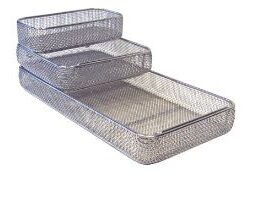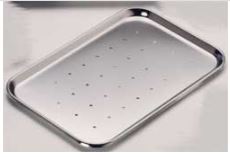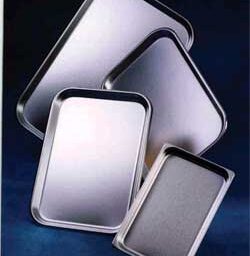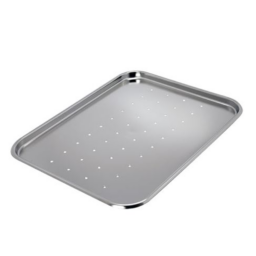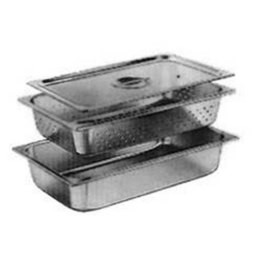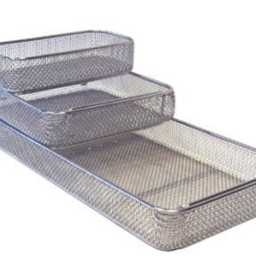Surgical Instrument Trays
Showing all 6 results
-
Instrument Drying Trays1 Product
-
Mesh Instrument Trays3 Products
-
Perforated Instrument Trays2 Products
-
Mayo Instrument Drying Tray
Item# Z12102E50DNYDMDRated 0 out of 5$52.27Original price was: $52.27.$38.72Current price is: $38.72.This tray is 20.75in x 12.75in x 1.25in, and features a rolled bead.
-
Perforated Instrument Tray
Item# 892-53FSIRated 0 out of 5$35.80Original price was: $35.80.$26.52Current price is: $26.52.This tray is 10in x 6.5in x .75in, and features a rolled bead.
-
Perforated Steriliation Tray
Item# 472-53-SGFSIRated 0 out of 5$112.50Original price was: $112.50.$83.33Current price is: $83.33.This tray is 12.75in x 10.375in x 4in.
-
Wire Mesh Sterilization Tray
Item# 023-53-SGFSIRated 0 out of 5$86.93Original price was: $86.93.$64.39Current price is: $64.39.This tray is 9.5in x 9.8in x 2in (240mm x 250mm x 50mm).
-
Wire Mesh Sterilization Tray
Item# 123-53-SGFSIRated 0 out of 5$92.05Original price was: $92.05.$68.18Current price is: $68.18.This tray is 240mm x 250mm x 70mm.
-
Wire Mesh Sterilization Tray
Item# 223-53-SGFSIRated 0 out of 5$97.16Original price was: $97.16.$71.97Current price is: $71.97.This tray is 9.4in x 10in x 2in. (240mm x 254mm x 50mm)
Multi-Purpose Instrument Trays Protect Medical Supplies
Instrument trays protect medical instruments in several ways. They hold instruments during the sterilization process in an autoclave, protecting them from damage. The trays are useful for transporting medical instruments from one location to another. They are also used for storing surgical instruments, keeping them sorted when not in use and making it easier to do inventory counts.
From Plain Trays to Specialty Trays
An instrument tray can be a standard stainless steel pan, but that is the most basic version of this practical item. The standard version is a solid stainless steel tray that is available in different sizes and with two basic cover configurations that include flat and domed. However, there are many specialty trays designed to accommodate specific types of medical supplies. They include:
Catheterization trays – holds a set of supplies needed to collect sterile urine samples
ENT trays – holds a set of supplies needed for completing sterile ENT procedures or surgeries
Eye trays – holds a set of supplies needed for eye procedures or surgeries
Perforated trays – perforations enable better instrument sterilizing and drying
Mesh trays – wire mesh enables thorough sterilizing of medical supplies and equipment by allowing unimpeded air flow
Drying or hospital trays – A shallow tray design that enables medical personnel to select the necessary medical instrument at a glance
Versatile and Practical
The various trays are designed to be versatile in terms of the ways they are used. For example, stainless steel trays can be autoclaved, instrument storage units, or units for safely transporting instruments when the lid is in place. They are practical in several ways.
Available in different sizes
Seamless construction on most products for easy cleaning
Flat lids enable instrument trays to be stacked
Durable
Found Everywhere There are Medical Personnel
Every medical facility has instrument trays. They are in hospitals, research and pathology laboratories, physician offices, clinics, and emergency facilities. The trays are also a critical item in the operating room, enabling the soring of instruments by type or need for efficiency.


